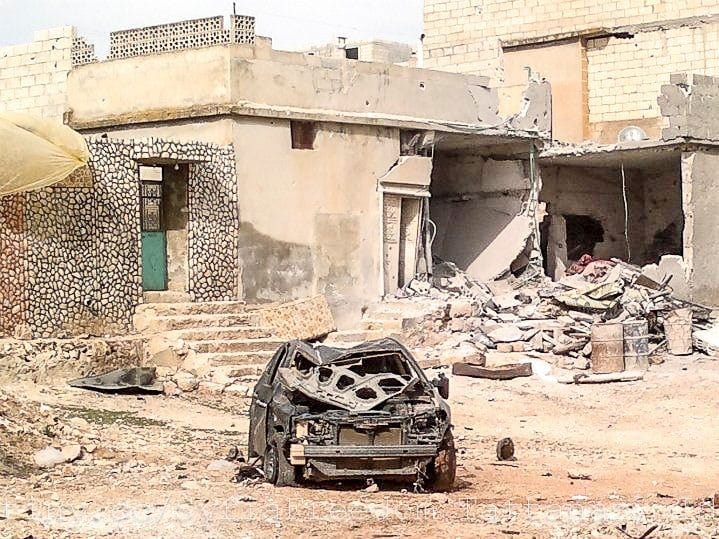GENEVA (AN) — The brutality of Syria's war has made it difficult to ensure accountability — a basic requirement of peace — such as keeping an accurate death toll. If the difficulties have to do with inhumanity and politics, the answers may come more from the realms of data and science.
The number of people killed in Syria is commonly assessed at more than half a million. That accounts for deaths since the 2011 peaceful uprising against President Bashar Assad's government spiraled into a cyclone of death and destruction and the world's most complex humanitarian crisis.








